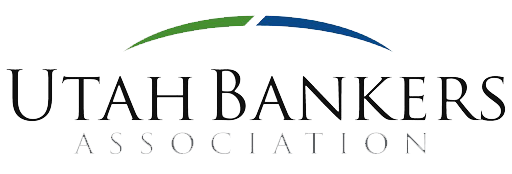Former treasury and ABA official Wayne Abernathy once described Utah as the “Silicon Valley of financial services.” Like its namesake, the innovation that implies has been remarkably successful. For at least the past 40 years, Utah banks of all kinds – traditional as well as the kind of branchless banks providing specialized services to national markets – have consistently ranked among the strongest and safest banks insured by the FDIC. This noteworthy success should be a model for the nation.
This has made Utah an outlier in comparison to the national trend of numbers of state banks declining to practical insignificance. In some states, the fees paid by the small number of remaining state-regulated banks are no longer adequate to support a state regulator. This is especially true in the northeast and a few states in the intermountain west. According to FDIC statistics (as of Dec. 31, 2021), Connecticut has six state banks, Maine has three, New Hampshire four, Rhode Island three, and Vermont two. The numbers are somewhat better in the states surrounding Utah, but
only slightly. Arizona has nine state-chartered banks, Idaho 10, Nevada 12, and Wyoming 24. These are mostly small banks, a legacy of past policies prohibiting branches.
In contrast, Utah has 36 state-chartered banks, including many branchless banks serving nationwide markets. Serving
nationwide markets makes a big difference in relative size compared to the few remaining community banks in
surrounding states. The total assets of Utah’s state-regulated banks are $397 billion. That ranks fifth in the nation. Only New York, California, Texas, and North Carolina rank higher. The combined total size of all the state banks in states surrounding Utah – including Colorado and Montana – is $229 billion, roughly 58% of Utah’s total.
And these numbers do not include national banks based in Utah, such as Zions, American Express, Synchrony, and Ally.
The combined assets of all commercial banks based in Utah are $814 billion, which is the sixth highest in the nation behind Ohio, North Carolina, Delaware, New York, and California. Not bad for a state with about 1% of the nation’s population.
The FDIC also reports that Utah banks directly employ 29,913 people. Employment in other parts of the financial services industry adds significantly to that total, making it one of the largest employment sectors in the state.
Several things make this possible. A dramatic growth of banking opportunities due to new technologies, supported by competent and reputable organizers, accounts for many banks organized since the 1980s. Utah’s well-educated workforce is frequently mentioned, especially by banks operating nationally that could locate anywhere and choose Utah as their base. Strong support from our Senators and Representatives in Washington and our state government has played another key role, along with the competence and expertise of our state regulators.
Utah’s regulators deserve special mention. The Department of Financial Institutions and the San Francisco Regional Office of the FDIC are the first stop in organizing a new state bank in Utah. Utah’s reputation as a center of innovation has drawn some premature, poorly developed or dangerous proposals. Weeding those out is as important as facilitating plans that are well developed and likely to succeed. Utah’s state and federal regulators have more expertise regulating newer kinds of banks, such as branchless banks, than regulators in any other state or region. They are uniquely qualified to ensure the integrity of Utah’s banks.








